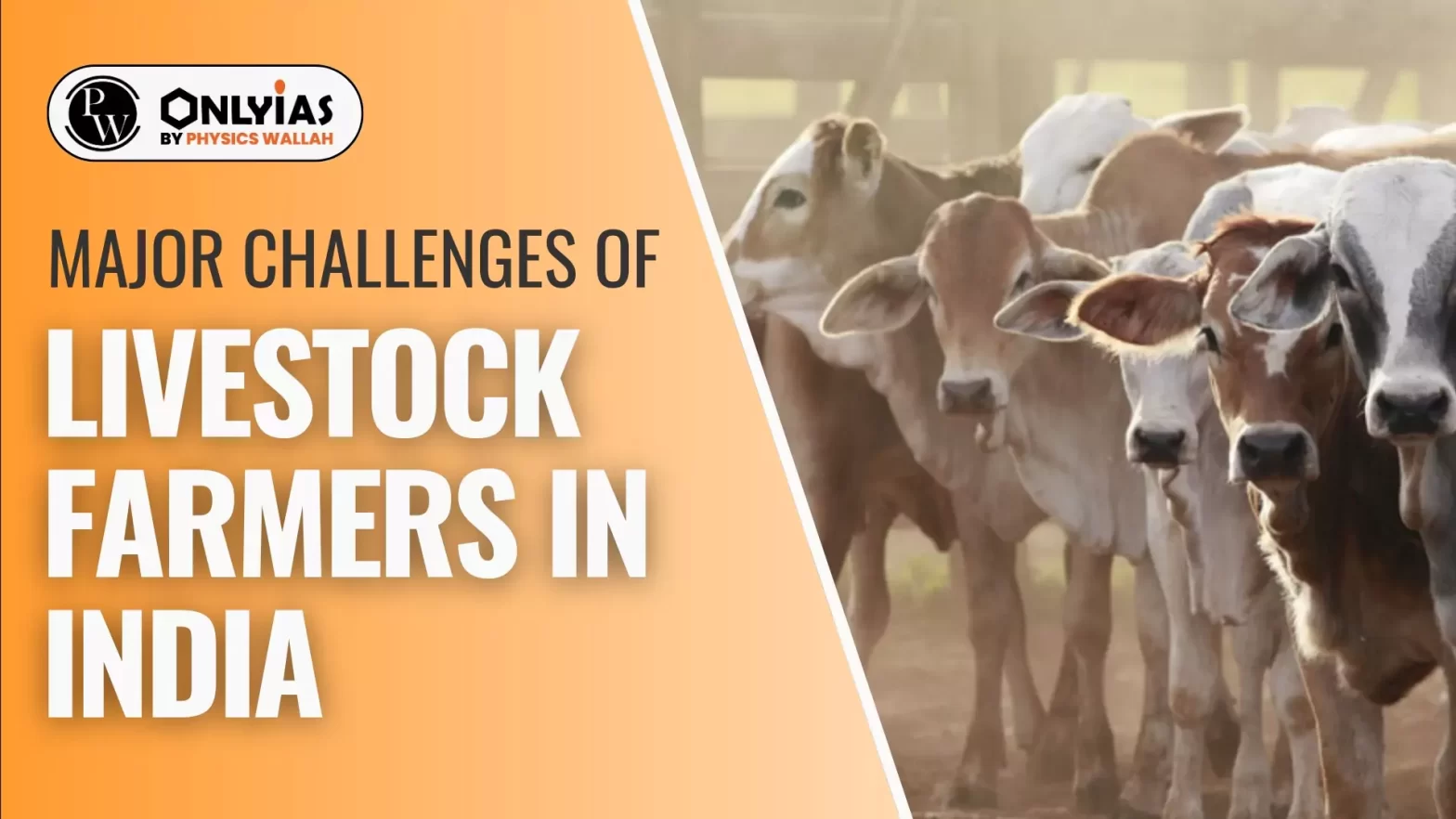![]() 26 Feb 2024
26 Feb 2024

This editorial is based on the news “Just what the doctor ordered for the livestock farmer” which was published in the Hindu.
| Relevancy for Prelims: Animal Husbandry, Centre To Depute National Level Monitors (NLMs), Gir Cow Breed, AHIDF Scheme, and Rashtriya Gokul Mission.
Relevancy for Mains: Economics of animal rearing, Issues faced by Livestock Farmers. |
|---|
As per the twentieth livestock census, 95.8% of livestock population is concentrated in rural areas
Mobile Veterinary Units (MVU)
|
|---|
Success of MVUs
|
|---|
| Mains Question: Livestock rearing has a big potential for providing non-farm employment and income in rural areas. Discuss suggesting suitable measures to promote this sector in India. (2015) (150 Words, 10 Marks) |
|---|
| Must Read | |
| NCERT Notes For UPSC | UPSC Daily Current Affairs |
| UPSC Blogs | UPSC Daily Editorials |
| Daily Current Affairs Quiz | Daily Main Answer Writing |
| UPSC Mains Previous Year Papers | UPSC Test Series 2024 |

<div class="new-fform">
</div>